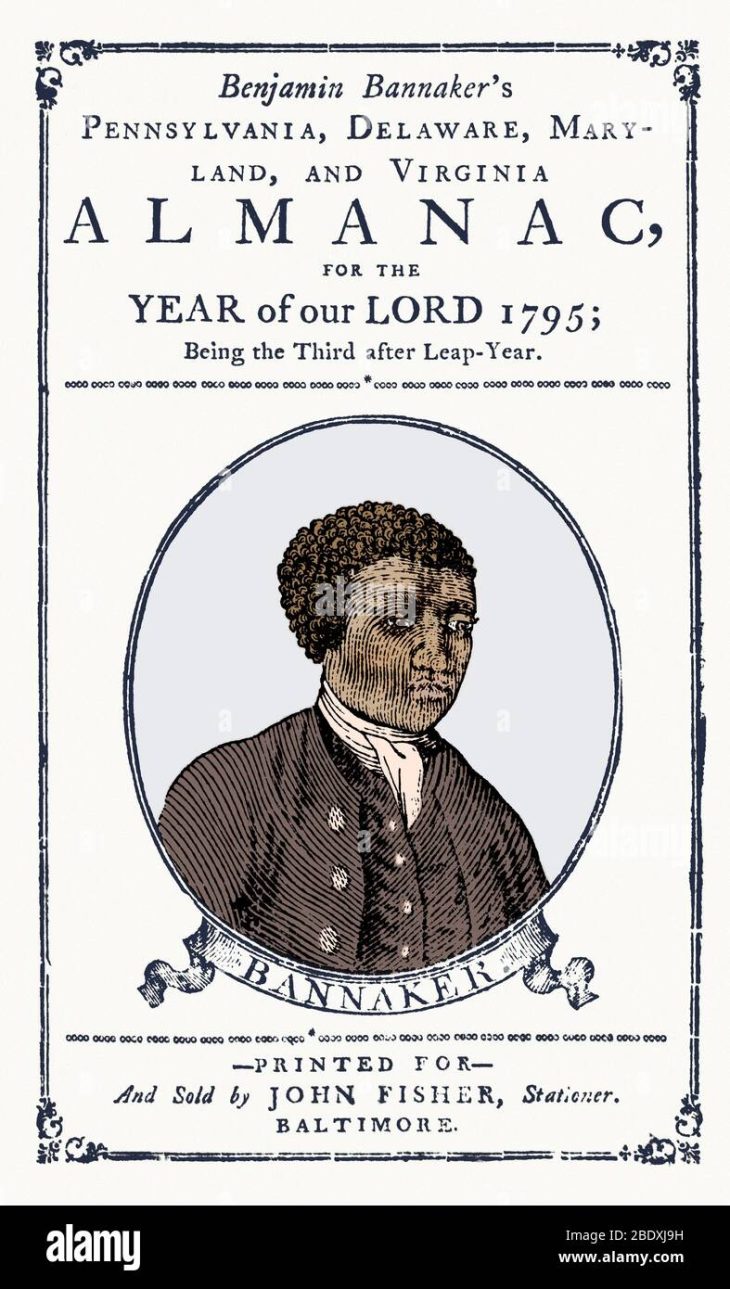
Word of the Day: Subjugate
Today’s word of the day, thanks to Words Coach (https://www.wordscoach.com/dictionary), is subjugate. Pronounced / ˈsʌb dʒəˌgeɪt /, subjugate means “to bring under complete control or subjection; conquer; master” or “to make submissive or subservient; enslave” (https://www.dictionary.com/browse/subjugate). Samuel Johnson, in his 1755 Dictionary, defines it as “o conquer; to subdue; to bring under dominion by force” (https://johnsonsdictionaryonline.com/views/search.php?term=subjugate).
Merriam-Webster explains the origin of the word thus:” Since jugus means ‘yoke’ in Latin, subjugate means literally ‘bring under the yoke’. Farmers control oxen by means of a heavy wooden yoke over their shoulders. In ancient Rome, conquered soldiers, stripped of their uniforms, might actually be forced to pass under an ox yoke as a sign of submission to the Roman victors. Even without an actual yoke, what happens to a population that has come under the control of another can be every bit as humiliating. In dozens of countries throughout the world, ethnic minorities are denied basic rights and view themselves as subjugated by their country’s government, army, and police” (https://www.merriam-webster.com/dictionary/subjugate).
The word appears in the English language in the “early 15c., subjugaten, ‘conquer (a country), subdue,’ a back-formation from subjugation or else from Latin subiugatus, past participle of subiugare ‘to subjugate, subdue,’ literally ‘bring under the yoke,’ from sub ‘under’ (see sub-) + iugum ‘yoke’ (from PIE root *yeug- ‘to join’)” (https://www.etymonline.com/search?q=subjugate).
On this date in 1791, “Benjamin Banneker sends a copy of his Almanac and writes a letter to Thomas Jefferson criticizing his pro-slavery stance and requesting justice for African Americans using language from the Declaration of Independence” (https://www.onthisday.com/events/august/19).
Benjamin Banneker (1731-1806) was the son of a free black woman and a freed black slave from Guinea (https://en.wikipedia.org/wiki/Benjamin_Banneker). “None of Banneker’s surviving papers describe a white ancestor or identify the name of his grandmother. However, two lines of later research both suggest that Banneker’s mother was the daughter of a white woman and an African slave: 4 although they differ as to whether the Banneker surname came from his mother or father and the origin of the name, which could be from Banaka, a small village in the present-day Klay District of Bomi County in northwestern Liberia that had once participated in the African slave trade[5][11] or “Banaka”, the home of the Vai people, who have lived there since about 1500 when they left the Mali Empire” (ibid.).
Banneker was an autodidact. According to “unverified accounts … as a young teenager, Banneker met and befriended Peter Heinrich, a Quaker who later established a school near the Banneker family farm. These accounts state that Heinrich shared his personal library and provided Banneker with his only classroom instruction. Banneker’s formal education (if any) presumably ended when he was old enough to help on his family’s farm (ibid.). In his 50s, he began to study astronomy and eventually compiled his own ephemeris, “a book with tables that gives the trajectory of naturally occurring astronomical objects and artificial satellites in the sky, i.e., the position (and possibly velocity) over time” (https://en.wikipedia.org/wiki/Ephemeris).
In 1791, he helped to survey the boundaries of what would eventually become the District of Columbia. His job in this was primarily to make astronomical calculations to help establish the base points of the new district (https://en.wikipedia.org/wiki/Benjamin_Banneker). The Secretary of State at that time, the one responsible for arranging for the survey, was Thomas Jefferson.
Banneker left the survey so that he could begin to prepare his ephemeris for 1792. “To aid Banneker in his efforts to have his almanac published, Andrew Ellicott …] forwarded Banneker’s ephemeris to James Pemberton, the president of the Pennsylvania Society for Promoting the Abolition of Slavery and for the Relief of Free Negroes Unlawfully Held in Bondage.
Pemberton then asked William Waring, a Philadelphia mathematician and ephemeris calculator, and David Rittenhouse, a prominent American astronomer, almanac author, surveyor and scientific instrument maker who was at the time serving as the president of the American Philosophical Society, to confirm the accuracy of Banneker’s work. Waring endorsed Banneker’s work, stating, ‘I have examined Benjamin Banneker’s Almanac for 1792, and am of the Opinion that it well deserves the Acceptance and Encouragement of the Public’” (ibid.).
The 1791 letter which Banneker sent to Thomas Jefferson, along with a gift of the 1792 almanac in manuscript form, was audacious. It even went so far as to use Jefferson’s own words against him: “This Sir, was a time in which you clearly saw into the injustice of a State of Slavery, and in which you had just apprehensions of the horrors of its condition, it was now Sir, that your abhorrence thereof was so excited, that you publickly held forth this true and invaluable doctrine, which is worthy to be recorded and remember’d in all Succeeding ages. ‘We hold these truths to be Self evident, that all men are created equal, and that they are endowed by their creator with certain unalienable rights, that among these are life, liberty, and the pursuit of happyness’” (https://founders.archives.gov/documents/Jefferson/01-22-02-0049). You have to admire the spunk as well as the determination of Benjamin Banneker.
I doubt that the accomplishments of Benjamin Banneker are on a par with the great scientists and inventors of our shared history, but he was an American hero in his small way. Along with being and autodidact, he fought for the rights of all people not to be enslaved, and he argued to powerful men that to subjugate their fellow human beings was wrong.
Today’s image, from https://ar.inspiredpencil.com/pictures-2023/benjamin-banneker-almanac, is of Benjamin Banneker’s 1795 almanac.